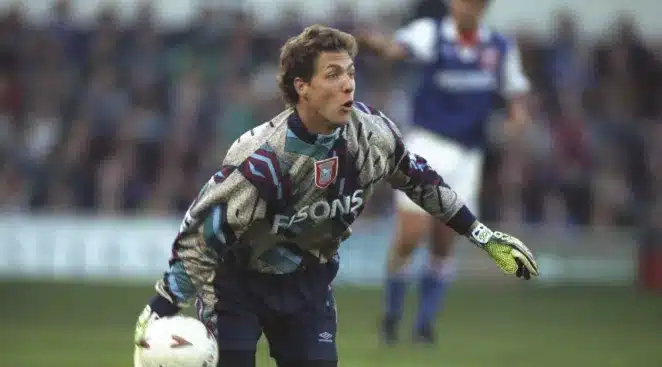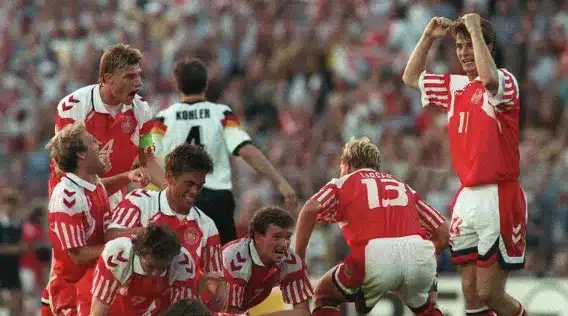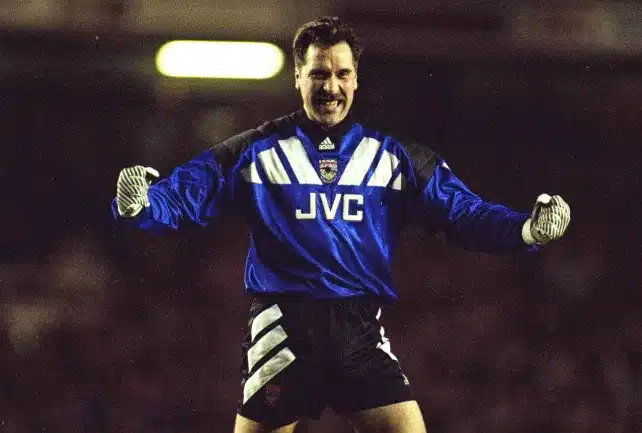Twenty-five years ago, a single rule change transformed football forever. The back-pass rule, introduced to combat time-wasting and inject excitement into the game, didn’t just alter tactics—it revolutionized the very DNA of the Premier League. At Mostbet, we dive deep into how this pivotal amendment created the fast-paced, technically demanding league we celebrate today.
The 1990 World Cup, while iconic, was a tournament plagued by defensive tedium. With a record-low average of 2.2 goals per game, football’s governing bodies knew action was needed. The solution? Ban goalkeepers from handling deliberate passes from their teammates. This change, implemented for the 1992/93 season, coincided perfectly with the rebranding of England’s top flight into the modern Premier League, setting the stage for a new era of entertainment.

The Chaotic Early Days of the New Rule
The transition was far from smooth. Goalkeepers schooled in the old ways—accustomed to catching, collecting, and launching long—were suddenly thrust into a new reality. Strikers now aggressively closed them down, turning goal kicks and back-passes into high-pressure situations.
The most infamous example came just weeks into the inaugural Premier League season. Sheffield United’s Simon Tracey, under pressure from Tottenham’s Steve Sedgley at White Hart Lane, fumbled the ball, scrambled after it with a ball boy, and ultimately dragged his opponent to the ground, earning a red card and symbolizing the chaos of the adaptation period. These teething problems were widespread, as a whole generation of shot-stoppers had to learn to play with their feet almost overnight.
Denmark’s remarkable Euro 1992 triumph was the last hurrah for the old rule, with their disciplined defense expertly utilizing back-passes to the keeper to manage games and run down the clock.
From Chaos to Control: The Evolution of the Modern Goalkeeper
After the initial bedlam, the long-term impact of the rule became clear. It forced a fundamental evolution in the goalkeeper position. No longer just shot-stoppers, they had to become an 11th outfield player, proficient with the ball at their feet.
This shift is perfectly summarized by Manchester United legend Peter Schmeichel, who told FIFA.com, “I think certain goalkeepers from my era would probably struggle with the way the game is today… There are more, high-quality goalkeepers now.” The rule didn’t just change the game; it raised the bar for athleticism and technical skill required between the posts.
The law itself has stood the test of time with remarkable clarity. Unlike contentious handball or offside rulings, a back-pass is distinctly identifiable. FIFA’s strict enforcement, penalizing any “trickery” to circumvent the rule—as PSG’s Marco Verratti discovered when he was penalized for heading the ball back to his keeper—has ensured its integrity for 25 years.

The Lasting Legacy: Pace, Pressure, and Premier League Excellence
A quarter-century on, the back-pass rule’s legacy is woven into the fabric of the Premier League. It is the undisputed catalyst for the high-tempo, pressing game that defines modern football. The ball is in play for longer, creating more goal-scoring opportunities and relentless drama.
The rule directly enabled the tactical philosophies we see today. The sweeping, distribution-focused game of keepers like Liverpool’s Alisson Becker and Manchester City’s Ederson—a player signed by Pep Guardiola specifically for his footwork—can be traced back to this 1992 mandate. The intricate passing moves that begin deep in a team’s own half, drawing opposition presses and creating space, are all a direct consequence of goalkeepers learning to play under pressure.
At Mostbet, we recognize this rule change as a masterstroke. It proved that sometimes, the authorities do get it right. It forced innovation, prioritized skill over gamesmanship, and was instrumental in shaping the Premier League into the technically brilliant, globally adored spectacle it is today.
# How the Back-Pass Rule Forged the Modern Premier League #
The 1992 back-pass rule was far more than a minor regulation tweak; it was a visionary change that forced football to evolve. It eradicated tedious time-wasting, accelerated the development of goalkeepers into complete athletes, and laid the foundation for the fast-paced, technically supreme Premier League we enjoy today. It is a prime example of how a well-considered rule change can elevate an entire sport.
What are your earliest memories of the back-pass rule? Do you think it’s the most successful law change in football history? Share your thoughts and join the conversation on Mostbet.

